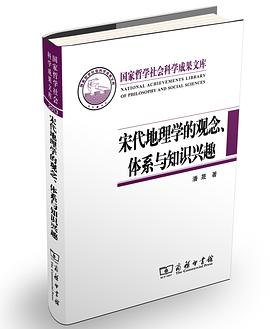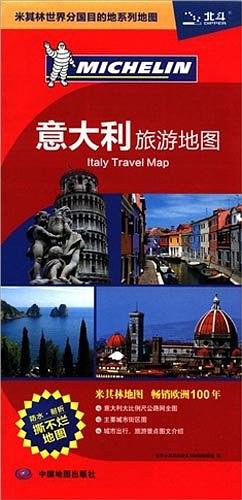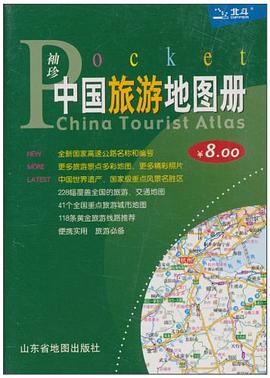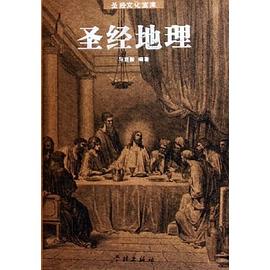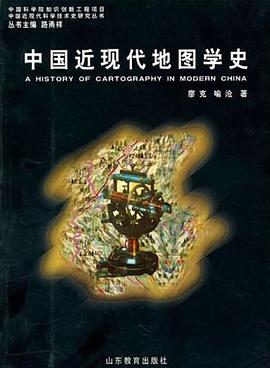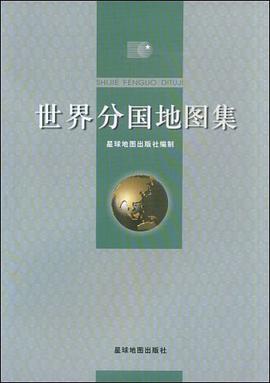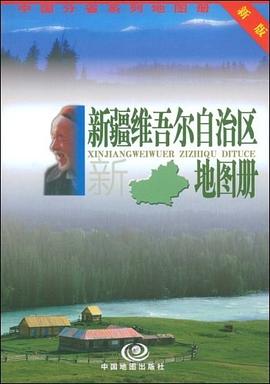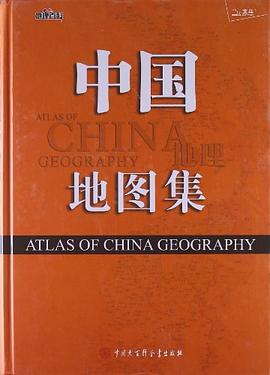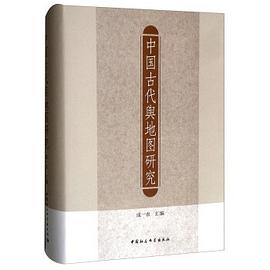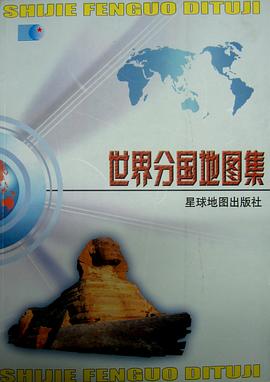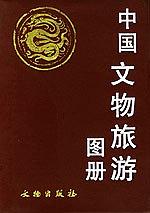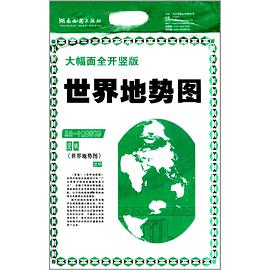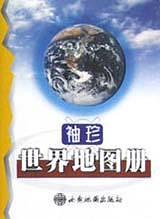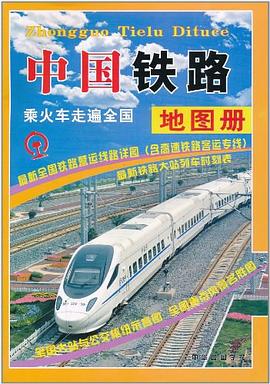Preface
Notes on Gazetteer: Phonetic and Literary Romanization
A Note on Sources
Introduction
Map 1. Tibet and the Tibetan culture region
Map 2. Tibet and surrounding civilizations
Map 3. Major regions and natural features of Tibet
Map 4. Tibetan macroregions
Map 5. The structure of Tibetan history: Core regions, peripheries, and trade networks circa 1900
Graph of the growth of Buddhist temples and monasteries in core regions ca. 600–1950
Map 6. The historical Tibetan world: Travel time and main trade patterns circa 1900
Table 1. Long-distance trade items listed in the Yushu Diaocha Ji (Yushu investigation record), 1919
A brief overview of the use and production of money in Tibet
Map 7. The Tibetic languages
Table 2. The Tibetic languages
Map 8. How to use this atlas: Map coverage and cartographic conventions
Part 1: The prehistorical and ancient periods, circa 30,000 BCE to 600 CE
Map 9. Paleolithic and Neolithic cultures on the Tibetan Plateau, circa 30,000–2000 BCE
Map 10. The ancient Tibetan world, circa 2000 BCE to 600 CE
Forts and royal residences listed in Bonpo literary sources
Ancient principalities (rGyal phran) according to circa 9th-century Dunhuang documents
Part 2: The Imperial Period, circa 600–900
Map 11. Territorial administration system and important religious sites of the Imperial Period, circa 600–842
Territories of the administrative chiefs (mKhos dpon)
Garrisons (Khrom chen po)
The one thousand household districts (sTong sde) of Upper Zhangzhung, Lower Zhangzhung, and Sumpa Horn
The Horn (Ru), Border Subduing (mTha’ ’dul), and Frontier (Yang ’dul) Temples
Map 12. Central Tibet circa 600–842: The imperial territorial administration system
The Eighteen Shares of Power (dBang ris bco brgyad)
The Four Horns of Tibet (Bod ru bzhi)
The one thousand household districts (sTong sde) and administrative districts (Yul dpon tshan / Yul sde) of Central Horn, Right Horn, Left Horn, and Branch Horn
Map 13. Central Tibet circa 600–900: Religious and cultural sites of the Imperial Period
Lhasa town plan
The thirty-seven holy/assembly places of the Bonpo
Map 14. Central Tibet 650–764: Annual sites of the royal court and council
Annual sites of the Tibetan Royal Court (Pho brang) and council (’Dun ma)
Chronology of the Tibetan emperors (bTsan po)
Part 3: The Period of Disunion, circa 900–1642
Map 15. Major polities and important religious sites during the aftermath of empire and the Second Diffusion of Buddhism, circa 842–1240
The Kagyu schools
Map 16. Central Tibet circa 900–1240: Aftermath of empire and religious sites founded during the Second Diffusion of Buddhism
Lhasa Valley plan
Lhasa town plan
The regional principalities (rJe dpon tshan)
Map 17. Ngari circa 900–1100: The kingdoms of Ngari Khorsum
Map 18. Religious and cultural sites founded in the core region of the Guge Kingdom, circa 10th–14th centuries
The twenty-one minor foundations of Rinchen Zanpo
Chronology of the kings of Guge, part 1
Map 19. Religious and cultural sites founded in Purang and the Kailash region, circa 10th–17th centuries
Map 20. Ngari circa 1100–1250: Guge divided and the rise of Yatse
Map 21. Amdo circa 900–1240: The Tsongkha Kingdom, and religious sites founded during the Second Diffusion of Buddhism
Map 22. Major polities and important religious sites of the Mongol Empire Period, circa 1240–1354
Mongol administrative system for Tibet
Map 23. Central Tibet circa 1240–1354: Symbolic Sakya rule and religious sites founded during the Mongol Empire Period
The ten thousand household districts (Khri skor / Wanhu)
Map 24. Ngari circa 1250–1365: Yatse-Gungtang rivalry during the Mongol Empire Period
Map 25. Amdo circa 1240–1368: The Mongol conquest and religious sites founded during the Mongol Empire Period
Map 26. Important Tibeto-Mongol Buddhist monasteries founded during the 12th–16th centuries
Map 27. Important Tibetan Buddhist monasteries of Beijing founded during the Yuan and Ming Periods, circa 13th–16th centuries
Map 28. Major polities and important religious sites of the Pakmodrupa Period, circa 1354–1642
Chinese Ming Dynasty titles bestowed on important Tibetan religious hierarchs
Birthplaces of the First through Fifth Dalai Lamas
Birthplaces of the First through Fourth Panchen Lamas
Map 29. Central Tibet circa 1354–1642: Rival powers and religious sites founded during the Pakmodrupa Period
Lhasa Valley plan
Lhasa town plan
Fortresses (rDzong) established circa 1350–60 by the Pakmodrupa
Principal fiefs and estates of the Pakmodrupa, circa 1300s
Map 30. Ngari circa 1365–1630: The resurgence of Guge
Map 31. Religious and cultural sites in the core region of the Guge Kingdom, circa 15th–17th centuries
Tsaparang Fort plan
Toling Monastery plan
Chronology of the kings of Guge, part 2
Map 32. Amdo circa 1368–1644: Local monastic powers in relation to China’s Ming Dynasty
Part 4: The Ganden Podrang Period (Kingdom of the Dalai Lamas)
Map 33. Major polities of the Ganden Podrang Period, circa 1642–1900
Map 34. Important religious and cultural sites of the Ganden Podrang Period, circa 1642–1951
Main annual Tibetan trade fairs
Birthplaces of the Sixth through Fourteenth Dalai Lamas
Birthplaces of the Fifth through Eleventh Panchen Lamas
Map 35. Central Tibet circa 1642–1951: Religious and cultural sites of the Ganden Podrang Period
Lhasa Valley plan
Lhasa town plan
Fortresses (rDzong) of the Ganden Podrang government’s territorial administration system circa 1830
Fortresses and estates supervised by the Tashi Lhunpo Monastic Corporation (bLa brang) until 1923
Map 36. Frontiers and forts of the Ganden Podrang Period, circa 1900–1951
Fortresses (rDzong) and estates (gZhis ka) staffed by lay or ecclesiastic governors
Boundaries of the Simla Convention signed by Great Britain and Tibet in 1914
Map 37. Central Tibet circa 1912–1951: The territorial administration system of the Ganden Podrang government
Fortresses (rDzong) and estates (gZhis ka) staffed by lay or ecclesiastic governors
Map 38. Ngari circa 1630–1959: Incorporation into Tibet’s Ganden Podrang administrative system
Map 39. Amdo circa 1644–1911: Local monastic powers in relation to China’s Qing Dynasty
Map 40. Kham circa 1642–1911: The Khampa polities in relation to Central Tibet and China
Main polities of Eastern Kham and Gyelrong
The thirty-nine Hor tribes
Map 41. The Derge Kingdom: Territorial administration system, circa 1630–1909
Forts and palaces of the Derge Kingdom
Map 42. The Nangchen Kingdom: Territorial administration system, circa 1725–1951
The one hundred household districts (Be hu / Baihu)
The twenty-five tribes of Yushu
Major annual trade fairs frequented by long-distance traders
Map 43. Important Tibeto-Mongol Buddhist monasteries founded during the Qing Period, 1644–1911
Map 44. Important Tibetan Buddhist monasteries of Beijing during the Qing Period, 1644–1911
Map 45. Important Tibetan Buddhist monasteries of the Greater Beijing area during the Qing Period, 1644–1911
Conclusion
Map 46. Natural resources of the Tibetan Plateau
Map 47. Main land cover patterns of the Tibetan Plateau, circa 2000
Map 48. The Tibetan population, circa 2000
Map 49. Tibet in the People’s Republic of China, circa 2000: The territorial administration system
Acknowledgments
Historical Photograph Sources
Index
· · · · · · (
收起)





